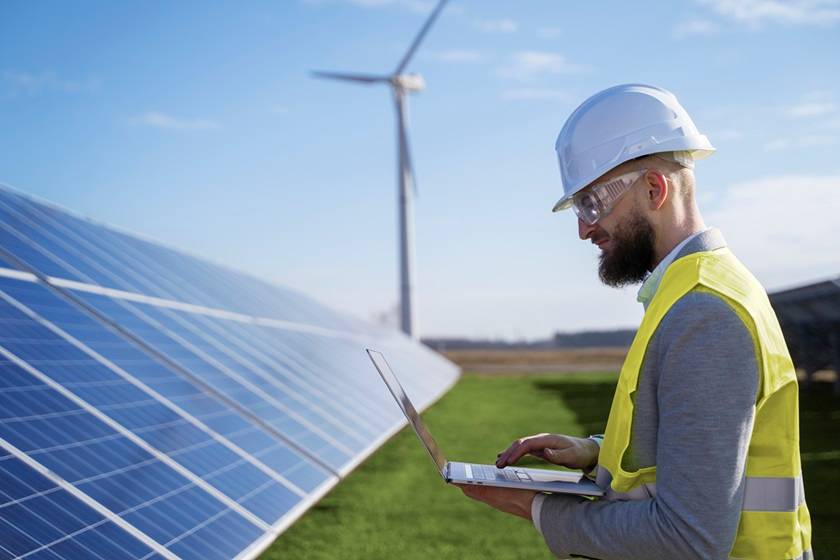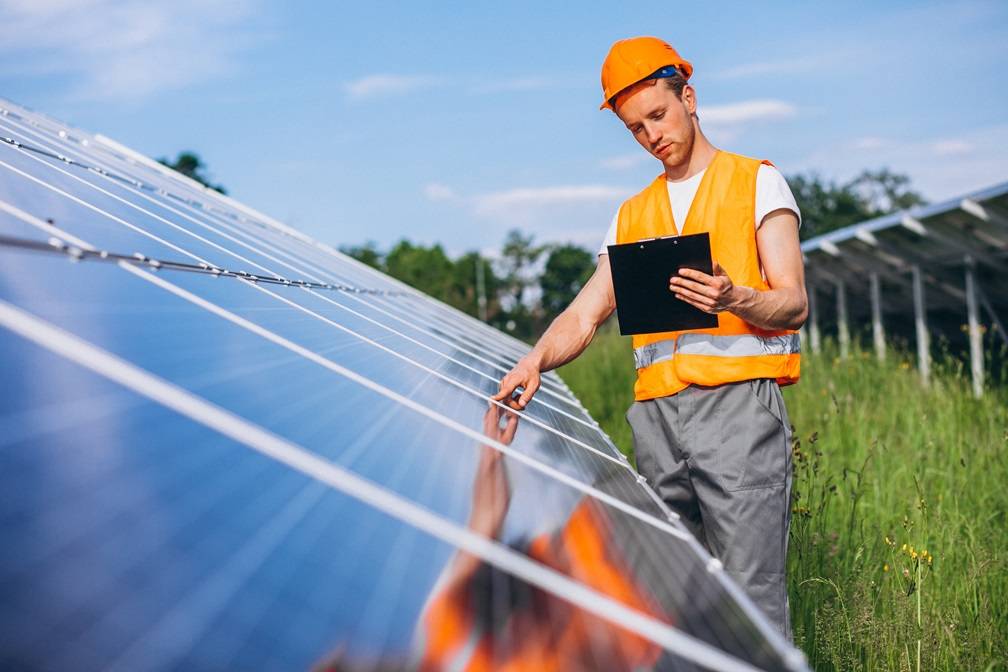Photovoltaic installations – technical requirements and mounting structures
 Photovoltaic installations – technical requirements
Photovoltaic installations – technical requirements
Photovoltaic installations are growing in popularity in Poland. In the context of climate change, as well as increasing energy prices, they represent an interesting opportunity to reduce costs, but also to ensure energy independence. Photovoltaics are increasingly used both on a macro scale, in the form of solar farms, and on a micro scale for individual, single households. What are the technical requirements and possibilities for photovoltaic mounting structures?
Growing popularity of RES
Decisions on choosing a photovoltaic installation are dictated by various factors. The main one is the economic or environmental factor, since renewable energy sources, which include photovoltaics, are a much more climate-friendly solution than the use of fossil fuels.
The role of RES in the energy mix should therefore gradually increase, both through large-scale investments and the growing use of such solutions as photovoltaic panels on individual consumers. What are the key technical and installation issues related to photovoltaic?
Technical requirements of photovoltaic installations
The basic factor that should be taken into account when deciding on photovoltaic installations is the appropriate technical design. Only with proper design the operation of the photovoltaic system will be correct, uninterrupted and, above all, safe. The design must be individual in nature, to take into account such issues as the curvature of the roof, the available area, the energy requirements of the building, as well as the method of installation or the technical solutions used. For the above reasons, the execution of the project must be prepared by a professional company. Among other things, the person carrying out the project should be certified by the Polish Chamber of Civil Engineers. In addition, the installer should have a certificate issued by the Office of Technical Inspection confirming that he is qualified to install a renewable energy source, e.g. photovoltaic systems.
The technical requirements for photovoltaic installations cover several areas. First, they include specific design and material standards for the installation components used, such as photovoltaic panels, inverters or power optimizers. They are intended to ensure the appropriate level of quality of the solutions used and set minimum standards that the individual components should meet.
Another area is fire protection, surge protection, lightning protection or electric shock protection – this, of course, is dictated by issues of safety in the use of the installation. Adequate safety must also be ensured during the manufacture and installation of support structures.
Mounting structures of photovoltaic installations
The basic part for the installation of photovoltaic panels are support structures. A variety of factors determine the choice of a particular solution. Among them are location, type of roofing or potential additional load on the structure. There are several basic types of installation of photovoltaic systems on buildings:
- construction integrated into the building (e.g. the roof)
- construction on a sloping roof parallel to its slope
- construction on a flat roof, using a substructure
- construction for installation on the building facade
- construction free-standing – to be placed on the ground

Off-grid photovoltaic installation
The undoubted advantage of photovoltaic is that it can be used regardless of the availability of the power grid. Such a solution is an off-grid photovoltaic system, otherwise known as an island system, which is independent of the power grid and self-sufficient. Of course, the choice of such a solution implies the need for individual technical solutions, including a suitable island inverter, panels of adequate power – often more than in on-grid installations. Due to changes in energy demand, a suitably capacious energy storage is also advisable, which is not a necessity when photovoltaic installations are connected to the grid. Importantly, in terms of formal requirements – an off-grid installation is not connected to the power grid, so there is no obligation to report it for metering or collection.
Choose the right business partner
An investment in a photovoltaic installation involves a number of requirements and a multilevel care for the proper design, construction, installation and operation of the entire system. Therefore, it is worth entrusting the task of executing the investment to an experienced partner – such as our company. At the stage of project execution, we can use laser scanning to collect the necessary data for design work. Among the solutions we offer, we also use spatial thermal imaging measurements to inspect PV panels for operating efficiency. Our experts are always ready to provide professional advice on the selection of appropriate installation components.